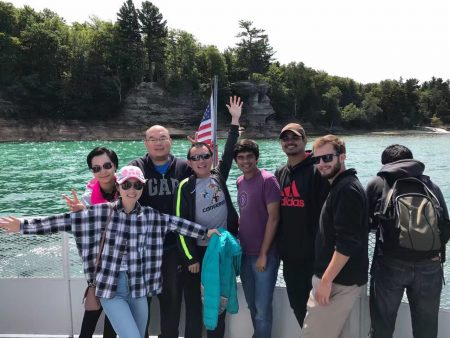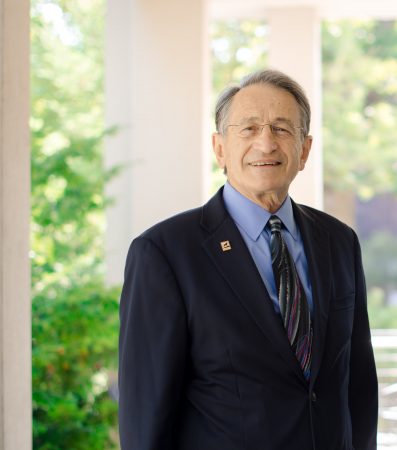

What do NHL MVP John Scott and NFL player Joe Berger have in common? Both are Michigan Tech Mechanical Engineering alums. Both are now retired from pro sports. And both are ready to sign a jersey on February 12, to support ME-EM department initiatives— including student scholarships, plus support for senior design and faculty special projects.
Here’s how: Signed Jersey Raffle tickets are $50 each, available for purchase here. You need not be present to win (we will call or email you). Winners will be drawn during Michigan Tech’s Winter Carnival hockey game against Bowling Green on February 12, 2022. John and Joe will be at the game to help announce the winners! (Please note: We have our State of Michigan raffle license # X05892.)
Purchase tickets by Saturday February 12, 2022 at 12 noon for a chance to win.
“Most people think being a professional athlete was the greatest accomplishment in my professional life,” says Scott. “They are always surprised to hear that earning my degree in Mechanical Engineering and being able to use that degree today is more gratifying than playing in the NHL. Getting my degree from MTU allowed me the confidence to transition from playing hockey to working in the professional field.”
“As a walk-on at Michigan Tech, I wouldn’t have had a football career without the mechanical engineering program to bring me up to campus in the first place,” says Berger. “The problem solving and teamwork skills that you learn in engineering have a direct correlation to football and sports in general. I enjoyed talking to my teammates about Michigan Tech throughout my career and am very thankful for the opportunity I was given. I look forward to using my mechanical engineering degree more in this next phase of life.”

The ME-EM department is also hosting a Winter Carnival Alumni Hockey Skybox Social on Saturday, February 12, 2022, during the Michigan Tech vs. Bowling Green hockey game. It will take place in the Husky Suite South Skybox of the John MacInnes Student Ice Arena. The social begins at 5 p.m. with a 5:07 p.m. start time for the game. John and Joe will attend the social. Tickets for the social are $40/person, which includes a $20 donation to the ME-EM Alumni Scholarship Fund. Buy ME-EM Skybox Social tickets here.



























